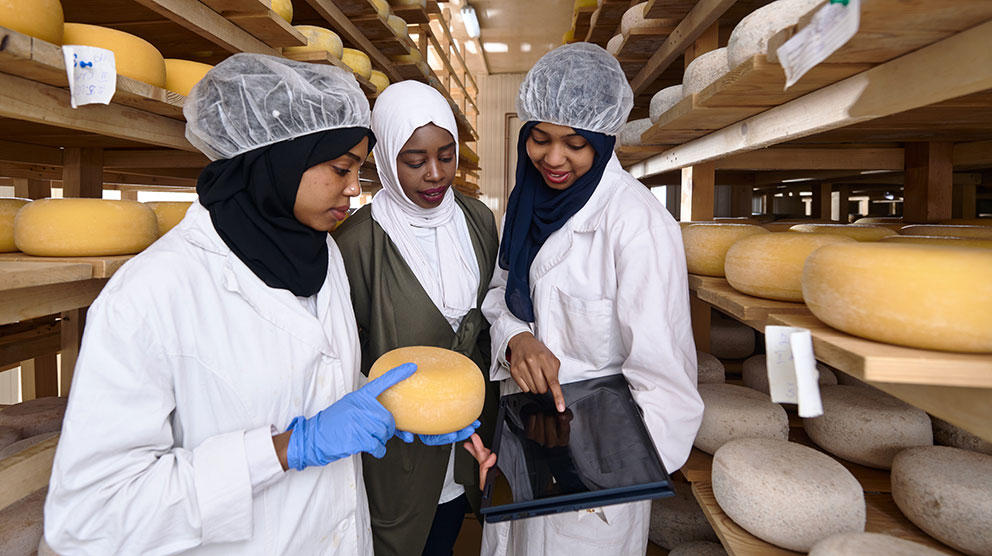4 steps to help you finance your food and beverage business

Everyone from your aunt to your best friend’s boss said your product was good. You need funding to make things happen, but frankly, the whole money-planning conversation feels uncomfortable.
Whether you’re at the seed stage of your business or you’ve already sold a few thousand bottles of the family-secret BBQ sauce, here are some steps to get started.
1. Have a plan
Many entrepreneurs stagnate with business planning because they equate it with answers they don’t have. However, CEO: Dana McCauley, Chief Executive Officer with the Canadian Food Innovation Network, says creating a plan allows you to gain answers and crystalize your vision.
Consider your business plan as the roadmap to reaching goals, objectives and success.
In a business plan, you will explore questions others — like funding partners — will ask. You’ll define goals for the future, specifics about pricing, distribution, forecasting, areas you need help and more. It should be a concise document that grows and changes with the business.
Fast-growing businesses will update more frequently than others. Some businesses in long-standing industries get by with a two- or three-page plan, while the plans of more technical and innovative businesses will have multiple pages that change as much as twice yearly. The level of time invested and detail needed correlates to the complexity of the business.
Consider your business plan as the roadmap to reaching goals, objectives and success. It’s also the key that opens the doors to funding.
2. Seek outside help and resources
Numerous templates are available online, but McCauley suggests using a business model canvas as an easy-start option. It’s a set of squares with categories that allow you to brainstorm elements like key resources, revenue streams and customer relationships.
As questions arise, you’ll include new information on the canvas. Spending a few weeks or months will allow you to evolve it into a solid business plan.
Some organizations, like incubators and economic development offices, offer business planning guidance. Or you may enjoy boot-camp-style sessions for start-ups. Organizations like the National Research Council of Canada also provide strategic business or innovation advice to help with planning, says Tamara Kononoff, Industrial Technology Advisor with the Industrial Research Assistance Program of National Research Council Canada.
3. Identify which stage you’re at
Know what stage your business is at. Are you going through ideation where ideas come together through research and initial development? Or have you moved to seed or start-up stages?
At the ideation stage, funding comes from the entrepreneur’s wallet or friends and family. There are also universities with research and development funds that could come into play, as well as industry groups and even international partners with R&D funding.
Seed, start-up, growth, expansion and commercial all have their own funding sources, though many overlap. At the seed and start-up stages, investors require the product to already be in market. Think of it like the Dragons Den investors, where existing products are pitched.
4. Consider your options
At start-up and growth stages, venture capital may become an option.
Rebbecca Clarke, FCC VP of Loan Operations says venture capital includes an investor taking an ownership position within the company. It isn’t just about the money; this is about the fit and how you and the investor will both benefit. Some coaches assist in creating venture capital packages that can help identify the right partners.
The options for venture capital include angel investors, venture capital firms and institutional investors. Clarke points to the common thread that these funders are prepared to help companies grow quickly when other forms of funding required to make the leap aren’t readily available.
Additional resources and organizations to help
Agriculture and Agri-Food Canada leads federal efforts in the growth and development of the sector and has a searchable list on its website. Various government agencies also play an important supporting role.
The National Research Council of Canada Industrial Research Assistance Program
Article by: Ronda Payne

Learn why investing time and resources into marketing is key to any successful food and beverage product.

